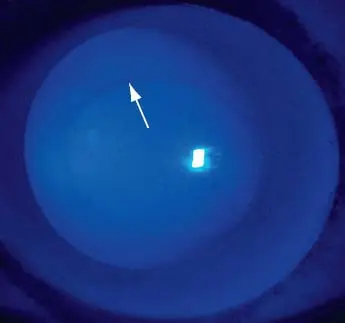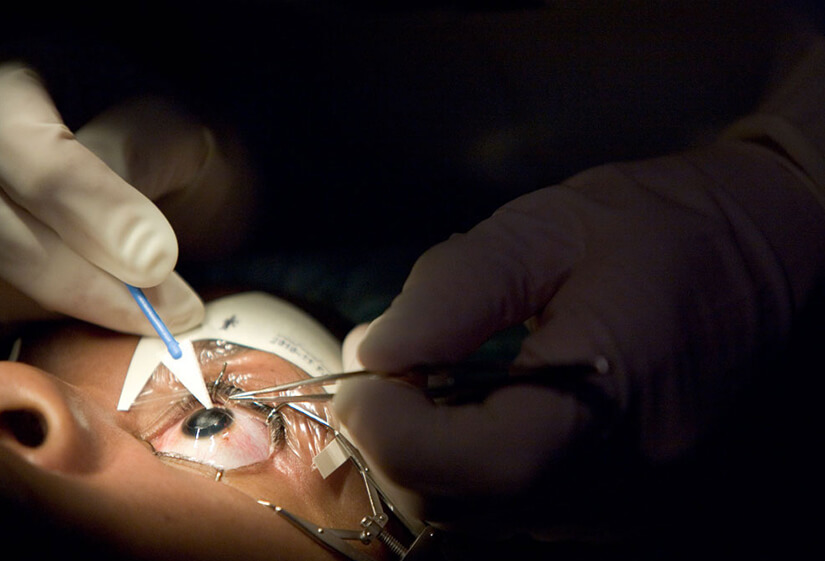Introduction:
Keratoconus is a progressive eye disorder that affects the cornea, leading to its thinning and bulging into a cone-like shape. Among the diagnostic features of keratoconus is the characteristic finding during a clinical examination.Fleischer ring refers to a characteristic corneal finding seen in patients. Additionally, Fleischer ring keratoconus manifests as a ring of iron deposition near the base of the cone-shaped cornea. Furthermore, Fleischer ring keratoconus appears as a greenish or yellowish discoloration encircling the cornea.

Symptoms of Keratoconus with Fleischer Ring:
- Blurred or distorted vision.
- Increased sensitivity to light (photophobia).
- Moreover, frequent changes in eyeglass prescription may signal underlying issues with vision or eye health that require attention.
- Furthermore, halos or glare around lights, especially at night, can be indicative of several eye conditions or vision problems.
- Difficulty with night vision.
Causes of Fleischer Ring in Keratoconus:
Scientists believe that Fleischer ring formation results from the accumulation of iron deposits at the base of the cone-shaped cornea. Moreover, they attribute these deposits to altered metabolic processes within the corneal tissue.
Diagnosis and Detection:
- Visual acuity test.
- Refraction assessment.
- Slit-lamp examination.
- Corneal topography.
- Optical coherence tomography (OCT).
Treatment:
- Glasses or contact lenses: Corrective lenses can help improve vision by compensating for corneal irregularities.
- Orthokeratology, also known as ortho-k, involves wearing special contact lenses overnight to temporarily reshape the cornea.
- Additionally, corneal cross-linking is a minimally invasive procedure that strengthens the cornea to halt the progression of keratoconus. This treatment is pivotal in preserving vision and preventing further deterioration in individuals afflicted with this condition.
- Additionally, Intacs are intracorneal ring segments inserted into the cornea to reshape it and improve visual function.
- :Moreover, intracorneal ring segments are inserted into the cornea to reshape it and improve visual function.
- Typically, ophthalmologists explore less invasive treatment options before opting for a corneal transplant.
Author Details:
Dr. Sushruth Appajigowda holds a prominent position as a Cornea, Cataract, Glaucoma, and LASIK Surgeon in Bangalore. He serves as the chief Cataract and Refractive surgeon at Vijaya Nethralaya Eye Hospital, Nagarbhavi Bangalore. Renowned as one of the finest LASIK surgeons nationwide, he brings with him over 12+ years of experience across multiple LASIK platforms, including ZEISS, ALCON, SCHWIND, AMO, and Bausch and Lomb. Having successfully conducted over 5000 LASIK procedures, Dr. Sushruth holds the title of a Certified Refractive Surgeon and a Fellow of the All India Collegium Of Ophthalmology.

http://vijayanethralaya.com/link-in-bio/
Conclusion:
Fleischer ring serves as a diagnostic hallmark in the evaluation, providing valuable insights into the extent and severity of corneal involvement. Furthermore, early detection, along with comprehensive management strategies, plays a crucial role in preserving visual function and enhancing the quality of life for individuals affected by keratoconus.











